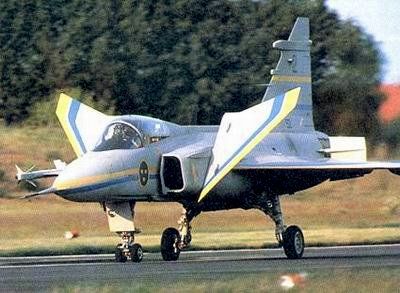I guess those dummies who designed the Eurofighter were just total morons to be programming code for the FBW to make the canard as stealthy as possible then right? Hey, why don't you submit your resume to get those incompetent aerospace engineers fired, they deserve the whip! LOL
Another red herring! LOL Your claim that the J-20 has canards solely to account for negative stability is a leap of giant proportions and as I said back-assward logic. Canards are
usually part of a fighter design to add maneuverability in the absence of other measures like thrust vectoring and these decisions are done early on in the design, NOT to regain stability after the design is almost complete. In the case of the J-20 it's mostly a result of the historical development of China's indigenous fighter designs.
Yet another red herring. lol Obviously the FBW would set upper bounds to how much the canard movements could be minimized if the flight environment at any given specific moment warranted it. You claim it might crash? I claim you wouldn't make a very good programmer.
Falsely repeating that I said the canards could be locked will get you nowhere.
This is ridiculous. Again,
the Eurofighter already has this "feature" in the FBW for its canards. It's been around for over 10 years! I'm done with this thread. Go claim your victory. Yeehaw!










